
Introduction to CE Certification for Lighting
With ongoing technological advancements, LED lighting has become increasingly significant in the lighting market, and the European market has emerged as a key target for global lighting manufacturers. As one of the major econoMIC entities in the world, the European Union (EU) has stringent CE certification standards and processes for LED lighting.
This article will provide a detailed overview of the standards and processes for CE certification of LED lighting for export to the EU, helping relevant companies better understand and comply with these regULations to ensure their products meet European market standards and successfully enter the EU market.
CE Certification Standards for Lighting
The CE certification requirements for different types of lighting include directives such as the Electromagnetic Compatibility (EMC) Directive, the low voltage directive (LVD), and the Machinery Directive (MD), among others.
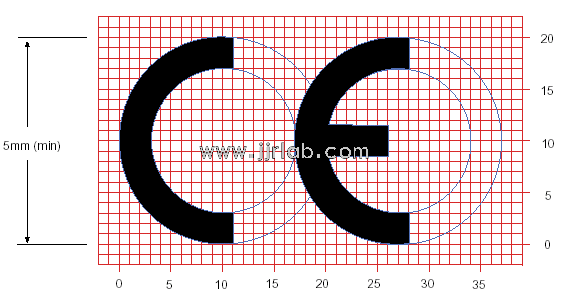
1. Electromagnetic Compatibility (EMC) Directive:
The EMC Directive aims to ensure that electronic and electrical equipment does not cause electromagnetic interference (EMI) with other devices during normal operation and can resist external electromagnetic interference. The EMC Directive outlines the electromagnetic compatibility requirements for lighting products, including tests for radiation, conduction, and switching conduction. To meet EMC Directive requirements, lighting manufacturers need to consider electromagnetic compatibility during the product design phase and implement measures to REDuce electromagnetic interference. Additionally, products must include an emc compliance declaration to prove that they have passed the necessary tests and comply with the EMC Directive.
2. Low Voltage Directive (LVD):
The LVD aims to ensure that electronic and electrical equipment does not pose an electric shock hazard under normal operating conditions. The LVD specifies safety voltage requirements for lighting products, which should not exceed 50V. It also outlines protection measures for overvoltage, overcurrent, and short circuits. To comply with the LVD, manufacturers must consider safety issues during the product design phase and implement measures to ensure the product's safety during both normal and abnormal conditions. Products must also include an lvd compliance declaration to confirm they meet LVD requirements.
3. Machinery Directive (MD):
The MD aims to ensure that machinery does not pose danger to operators or the surrounding environment during normal operation. It sets out basic safety requirements for lighting products as part of machinery. To comply with the MD, manufacturers must address mechanical safety during the product design phase and implement measures to ensure safety in both normal and abnormal conditions. Products must also include an MD compliance declaration to verify they meet MD requirements.
4. ATEX Directive:
The ATEX Directive ensures the safety of equipment used in potentially explosive environments. It applies to both mining and non-mining equipment, including mechanical and electrical devices, especially those used in hazardous areas with flammable gases and dust. Lighting used in these environments must meet ATEX certification requirements to prevent internal arcs, sparks, and high temperatures from igniting surrounding flammable gases and dust.
Specific Examples of Lighting and CE Certification
- LED Indoor Lights:
CE Certification Directives: EMC Directive
Reason: LED desk lamps need to ensure electromagnetic compatibility to avoid interfering with other electronic devices. Additionally, LED desk lamps (if operating at voltages between 50 and 1000 volts) must also meet Low Voltage Directive requirements for electrical safety.
- Lighting for Machinery:
CE Certification Directives: LVD, MD, EMC
Reason: Lighting used in various machinery requires ensuring electrical safety, mechanical stability, and electromagnetic compatibility, necessitating compliance with the Low Voltage Directive, Machinery Directive, and EMC Directive.
- Mining Floodlights:
CE Certification Directives: EMC Directive, LVD, ATEX Directive
Reason: Mining floodlights are used in hazardous environments and must be explosion-proof. In addition to meeting EMC and Low Voltage Directive requirements, they must also comply with ATEX requirements to ensure safe use in dangerous environments.
- Surgical Lights for Operating Rooms:
CE Certification Directives: LVD, EMC, MDR (Medical Device Regulation)
Reason: Surgical lights are used in medical environments and must meet specific requirements of the Medical Device Regulation (MDR) in addition to the Low Voltage and EMC Directives to ensure safety and reliability in medical settings.
- LED Smart Lighting:
CE Certification Directives: EMC Directive, RED (Radio Equipment Directive)
Reason: LED smart lighting often includes wireless communication modules such as Wi-Fi, Bluetooth, or Zigbee for remote control, dimming, and color adjustment. Therefore, it must comply with the Radio Equipment Directive (RED) for wireless communication safety and spectrum usage, as well as the EMC Directive to prevent electromagnetic interference and ensure resilience against external interference.
China JJR Laboratory provides CE certification services for lighting and is located in China, potentially saving you up to 30% on testing costs. We are an IEC 17025 accredited laboratory.
Email:hello@jjrlab.com
Write your message here and send it to us
 Bluetooth Headphones Export to Thailand: Complianc
Bluetooth Headphones Export to Thailand: Complianc
 Power Bank Transportation Compliance UN 38.3 Repor
Power Bank Transportation Compliance UN 38.3 Repor
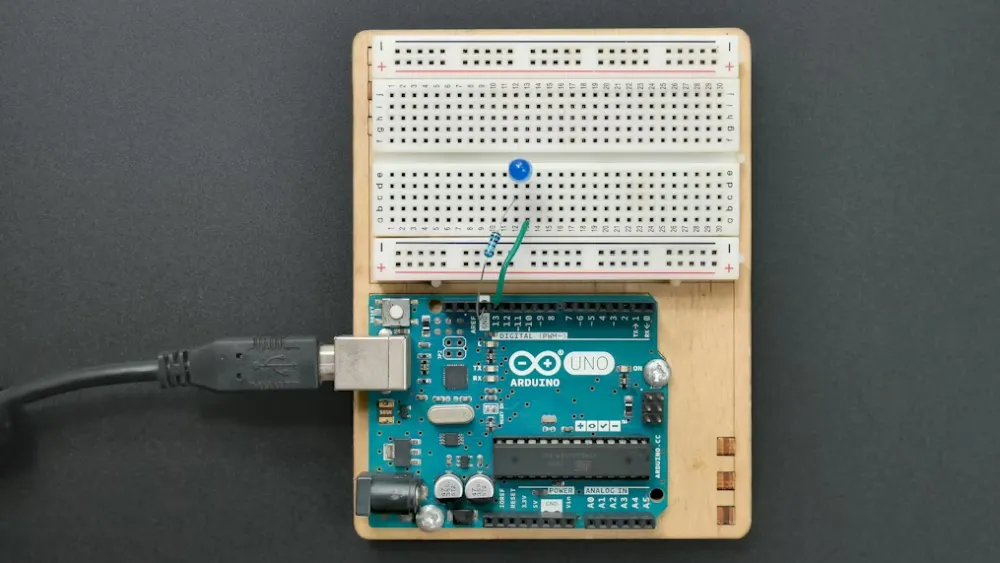 WPC Certification for Importing Wireless Devices i
WPC Certification for Importing Wireless Devices i
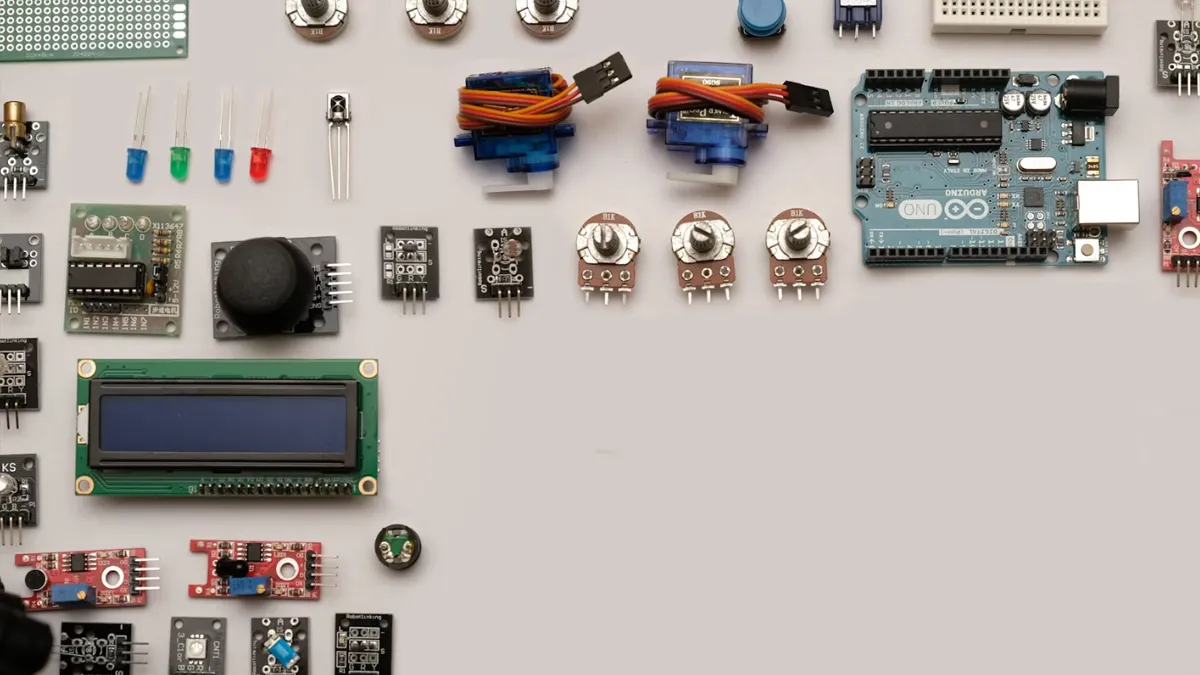 How to get South African ICASA Certification ?
How to get South African ICASA Certification ?
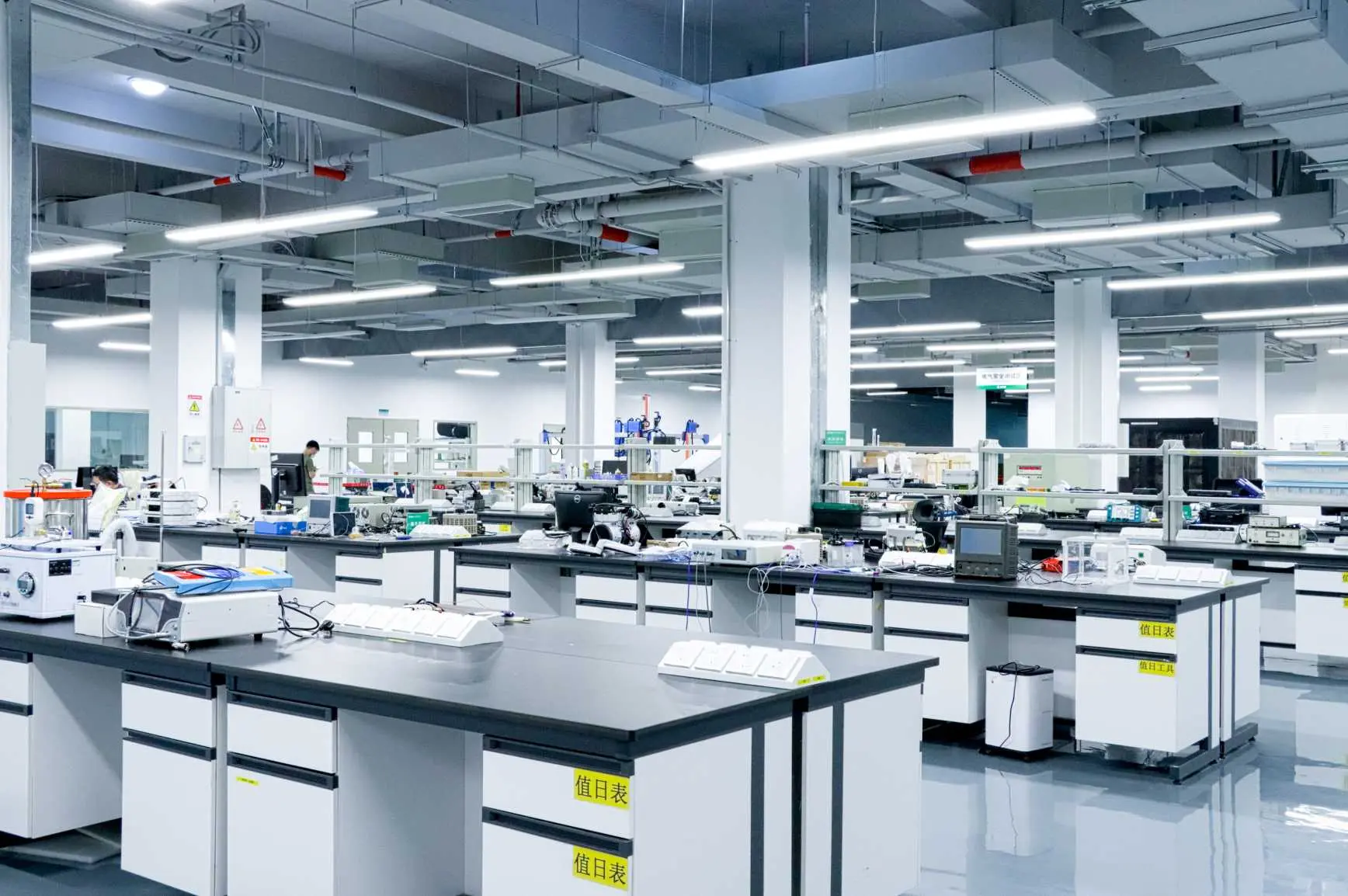 UL2054/1642 + IEC62133 + UN38.3 Certification + TI
UL2054/1642 + IEC62133 + UN38.3 Certification + TI
 Plush Toy CE Certification & EN71 Test Complia
Plush Toy CE Certification & EN71 Test Complia
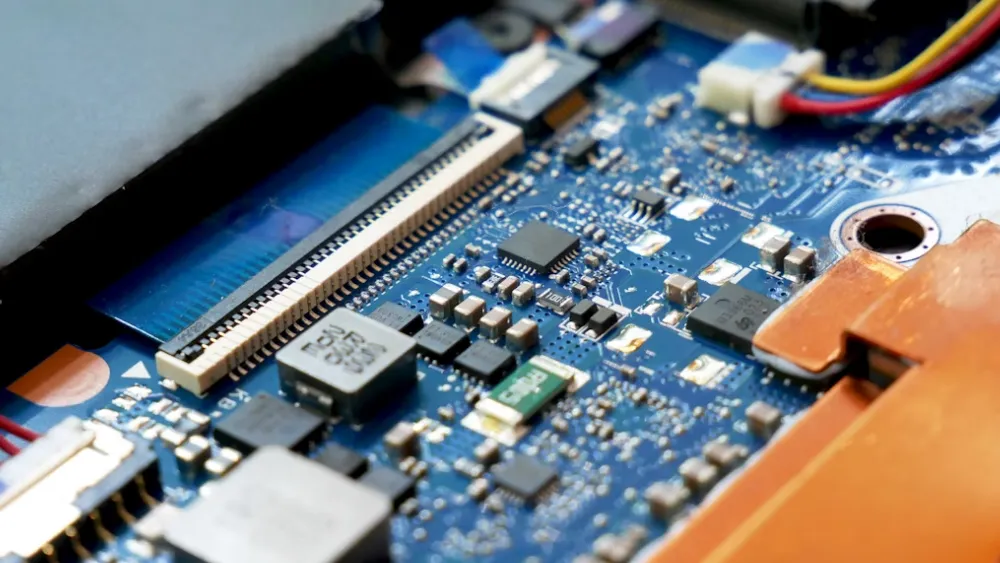 Amazon Children’s Toys Direct Validation Complianc
Amazon Children’s Toys Direct Validation Complianc
 Amazon TIC Power Bank UL2743 & UN38.3 Certific
Amazon TIC Power Bank UL2743 & UN38.3 Certific
Leave us a message
24-hour online customer service at any time to respond, so that you worry!




